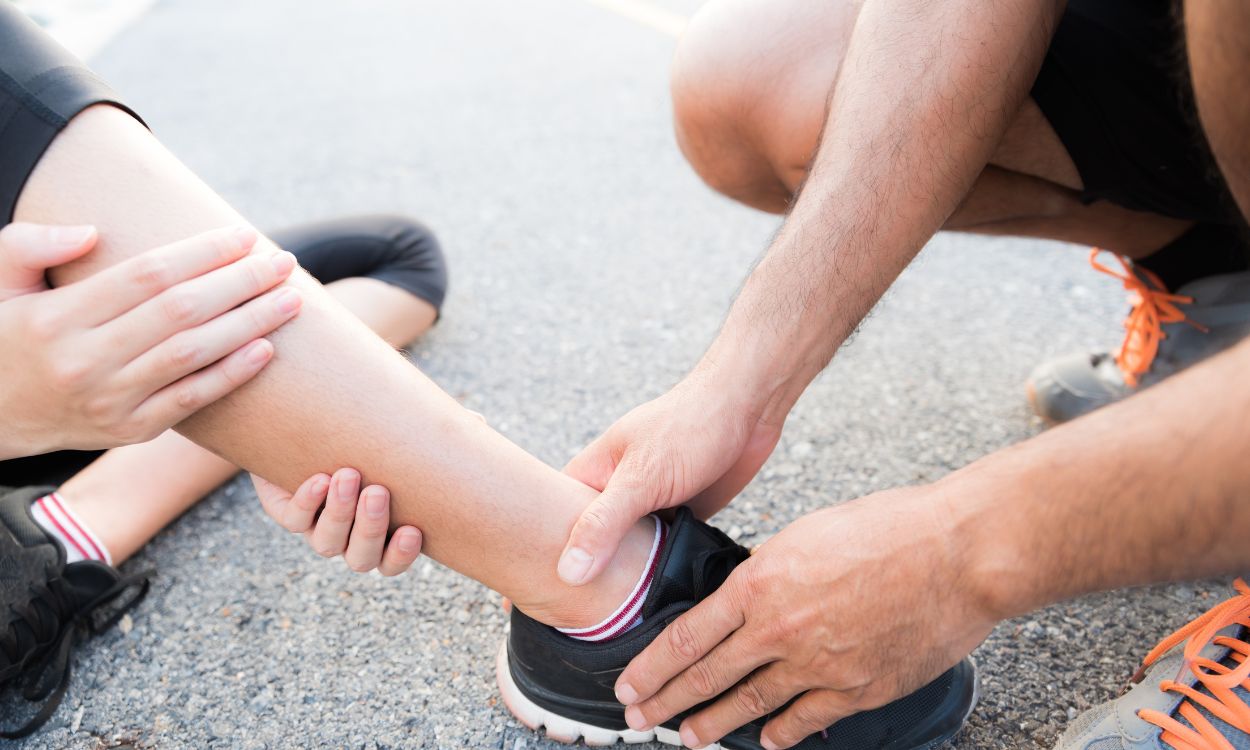Say Goodbye to Shin Splints: First Aid and Rehabilitation with Fitpaa
Shin splints are a common injury that affects many athletes and fitness enthusiasts. It is a painful condition that occurs when the muscles and tendons around the shinbone become inflamed. If left untreated, it can lead to more serious injuries and even stress fractures. In this article, we will discuss the causes, symptoms, and treatment options for shin splints, as well as how Fitpaa can help you manage and prevent this condition.
Causes of Shin Splints
Shin splints are often caused by overuse or repetitive stress on the lower leg. This can occur from activities such as running, jumping, or dancing. Other factors that can contribute to shin splints include:
- Wearing improper footwear
- Running on hard surfaces
- Having flat feet or high arches
- Weakness in the muscles of the lower leg
- Poor running form or technique
Symptoms of Shin Splints
The most common symptom of shin splints is pain along the front of the lower leg. This pain may be sharp or dull and can be felt during or after exercise. Other symptoms may include:
- Swelling or tenderness around the shinbone
- Numbness or tingling in the foot
- Weakness in the muscles of the lower leg
First Aid for Shin Splints
If you experience symptoms of shin splints, it is important to take immediate action to prevent further injury. Here are some first aid tips for managing shin splints:
- Rest: Avoid activities that cause pain or discomfort. Resting the affected leg can help reduce inflammation and promote healing.
- Ice: Apply ice to the affected area for 15-20 minutes at a time, several times a day. This can help reduce pain and swelling.
- Compression: Use a compression bandage or sleeve to help reduce swelling and provide support to the affected area.
- Elevation: Elevate the affected leg above the level of your heart to help reduce swelling.
Rehabilitation for Shin Splints with Fitpaa
Fitpaa can help you manage and prevent shin splints through a personalized rehabilitation program. Here’s how it works:
Step 1: Metabolism Assessment
The first step in managing shin splints with Fitpaa is to take a metabolism assessment. This will help our team of experts understand your current metabolism and identify any underlying factors that may be contributing to your shin splints.
Step 2: Fitpaa Capsule
Based on your metabolism assessment, our team of experts will create a personalized Fitpaa Capsule for you. This capsule will include a combination of medical therapy, medical exercise therapy, medical nutrition therapy, and cognitive behavior therapy to help you manage and prevent shin splints.
Step 3: Real-time Guidance
Fitpaa’s real-time guidance technology will help you stay on track with your rehabilitation program. This technology incorporates the concepts of habit building, timely nudging, and purpose-finding from cognitive behavioral therapy to deliver guaranteed results. You’ll receive guidance and support throughout the day to help you complete all activities in your Fitpaa Capsule.
Step 4: Progress Tracking
Fitpaa’s mobile app makes it easy to track your progress and stay motivated. You’ll have access to tools like a virtual workout trainer, diet tracker, performance tracking, and progress tracking. Your progress will be reviewed regularly by our team of experts to make course corrections as needed until your goal is achieved.
Conclusion
Shin splints can be a painful and frustrating condition, but with the right treatment and rehabilitation program, you can manage and prevent this injury. Fitpaa’s personalized approach to health and fitness can help you achieve your goals and live a healthier, happier life. Download the Fitpaa app today and take the first step towards saying goodbye to shin splints for good.









